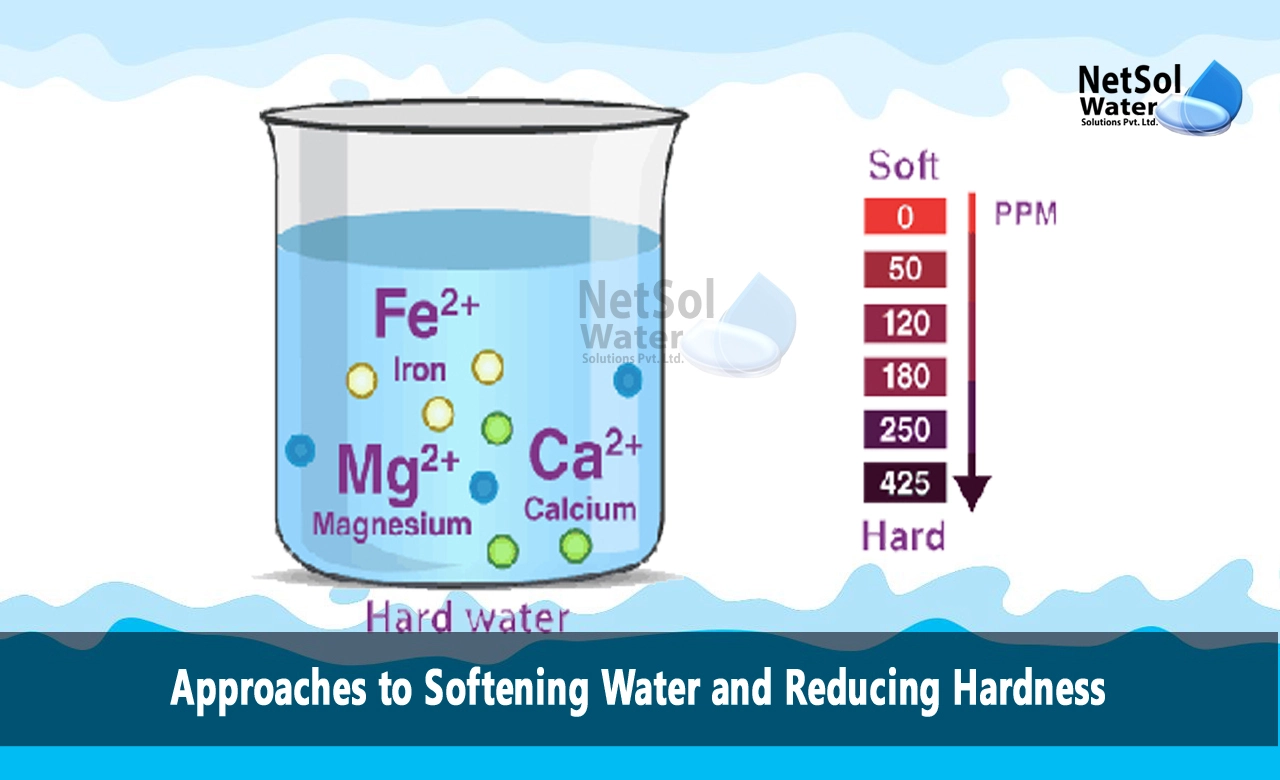How to Approach Softening Water and Reducing Hardness?
Hard water contains high levels of dissolved minerals like calcium and magnesium. While not harmful to health, hard water can cause scale buildup in pipes and appliances and make cleaning more difficult. Water softening is the process of removing these excess minerals to make the water “softer”. There are several approaches to softening water and reducing hardness, each with their own advantages and disadvantages.
Approaches to Water Softening and Reducing Hardness
1. Ion Exchange Water Softeners
Ion exchange water softeners are the most common method for residential and commercial softening. They work by passing hard water through a resin bed containing sodium ions. The resin exchanges its sodium ions for the calcium and magnesium ions in the hard water, capturing the hardness minerals but releasing sodium into the softened water.
The main advantages of ion exchange softeners are their effectiveness at removing nearly all hardness, and their convenience as an automatic system. However, they require periodic regeneration with salt to recharge the resin, and introduce more sodium into the water. The systems and salt also have ongoing costs associated with them.
2. Reverse Osmosis
Reverse osmosis uses high pressure to push water through a semi-permeable membrane that filters out ions and other molecules. This removes both hardness minerals and other contaminants from the water.
Reverse osmosis is the most thorough method of softening available, removing up to 99% of all dissolved solids. It also does not add any sodium to the processed water. However, the system has high upfront and operating costs, requires pre-filtration, and wastes 2-3 gallons of water for every purified gallon. The membrane also needs regular cleaning or replacement.
3. Magnetic Water Treatment
Magnetic water treatment devices claim to use magnets to change the structure of minerals, preventing limescale buildup. However, there is little scientific evidence that these systems effectively soften water or provide the scale reduction claimed. They do not remove any minerals but may help limit scale by keeping minerals in a non-sticky state.
The advantage of magnetic treatment is the lack of chemicals, salt, or water waste. But the systems are prone to scale buildup themselves and require frequent cleaning. Any effects on scale reduction appear limited compared to other methods. More research is needed on these devices.
4. Physical Water Softeners
Physical water softeners use media like granulated activated carbon (GAC) filters to act as adsorbents. As hard water passes through the media, the minerals attach to the surface and are removed through ion exchange. Media filters are effective at reducing hardness, but cannot soften as completely as ion exchange or reverse osmosis.
The main benefit of physical softeners is avoiding the use of salt or membranes. The media also last longer than ion exchange resin before needing replacement. However, the systems are less convenient, requiring manually backwashing the filter media regularly to clean and regenerate it.
Conclusion
There are several viable approaches to reducing water hardness, each with their own pros and cons. Ion exchange softeners are the most convenient and effective at home softening. Reverse osmosis provides the most complete removal of minerals. Physical media filters offer an alternative with less waste and no salt or electricity usage. Magnetic treatment requires more proof of effectiveness but may help limit scale. The optimal method depends on individual needs and application. But each technology can play a role in providing softer water with reduced mineral buildup.
Do you need an advice or assistance on selecting the best water and wastewater treatment unit? We have solutions for all your problems!
Let us know your problem, our experts will make sure that it goes away.
For an assistance or related query,
Call on +91-965-060-8473 Or write us at enquiry@netsolwater.com



